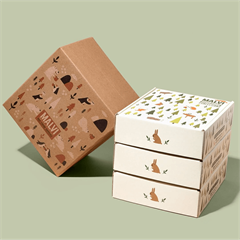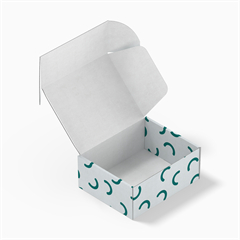1. Product Preservation: Cosmetic bottles are designed to protect the contents from external elements such as air, light, and contaminants. This preservation helps maintain the quality and efficacy of the cosmetic products, ensuring they remain safe and effective for consumers to use.
2. Brand Identity and Marketing: The design and aesthetics of cosmetic bottles contribute to a brand’s identity and marketing efforts. Unique and attractive packaging can enhance brand recognition, catch consumers’ attention, and create a memorable brand experience.
3. Consumer Experience: The functionality and usability of cosmetic bottles influence the overall consumer experience. Easy-to-use bottles with appropriate dispensing mechanisms enhance customer satisfaction and convenience.
4. Environmental Impact: Cosmetic bottles can have both positive and negative environmental impacts:
- Sustainability: Brands are increasingly opting for eco-friendly materials and packaging designs to reduce their environmental footprint. Using recycled materials or offering refillable options can promote sustainability.
- Waste Generation: The cosmetic industry generates a significant amount of packaging waste. Single-use or non-recyclable bottles can contribute to this waste, which may end up in landfills or polluting the environment.
5. Cost and Pricing: The type of cosmetic bottle chosen can impact product pricing. Premium packaging materials or unique designs may result in higher production costs, which could be passed on to consumers as higher prices.
6. Product Differentiation: In a competitive market, the packaging design can differentiate one brand’s products from another. Custom and innovative cosmetic bottles can help brands stand out and attract consumers.
7. User Safety: Cosmetic bottles must meet safety standards to ensure the product’s safety during storage, transportation, and use. Tamper-evident seals and leak-proof closures are examples of safety features.
8. Consumer Perception: The packaging quality and design can influence how consumers perceive the product’s quality. A well-packaged product may be perceived as higher quality, influencing purchase decisions.
9. Convenience and Portability: The design of cosmetic bottles impacts their convenience and portability for consumers. Travel-friendly bottles and practical dispensing mechanisms can be valued features for customers on the go.
10. Regulatory Compliance: Cosmetic bottles must comply with specific regulations and guidelines, depending on the region or country of sale. Meeting these requirements ensures that the product can be legally marketed and sold.
Overall, cosmetic bottles have a multi-faceted impact on various stakeholders, including brands, consumers, and the environment. Manufacturers and brands have a responsibility to consider both the functional and environmental aspects of cosmetic bottles to make informed and sustainable packaging choices.







